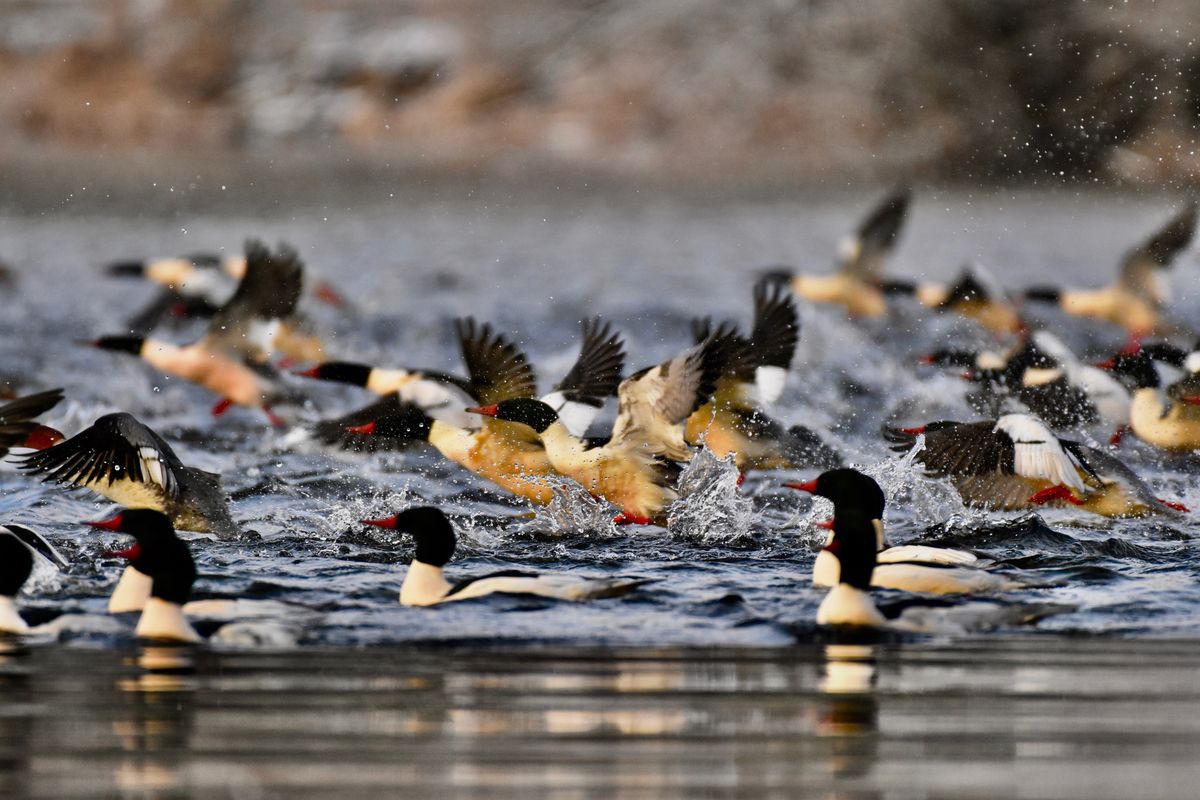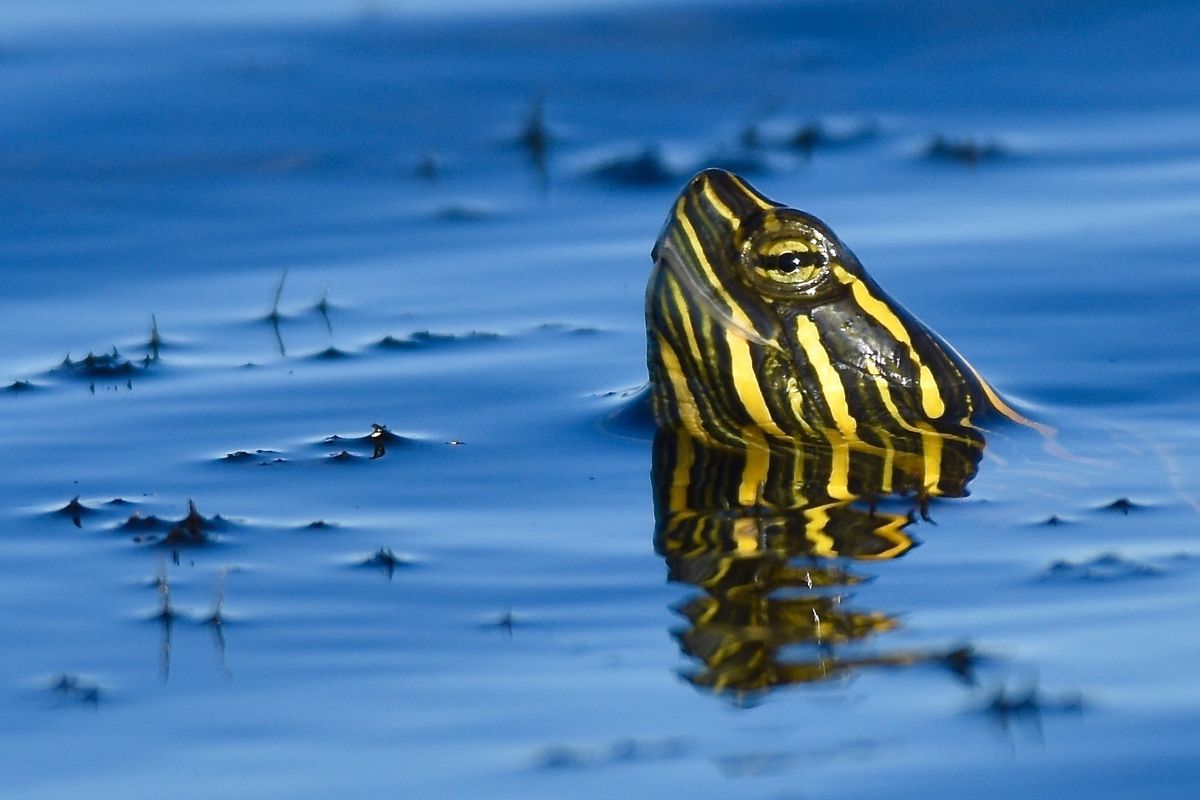After COVID-19 shuttered her business and stifled her music, nature photography provided a creative outlet

Nearly every morning for the past six months, Angela Marie has woken before dawn, picked up a camera and bounded outside.
For the amateur nature photographer, the cockcrow routine has provided a creative foundation on which to cling during the COVID-19 pandemic. And it has led to some stunning nature photography, made all the more so by the fact that, prior to the pandemic, Marie only dabbled in photography.
“All of the sudden the bottom went out like it did for so many people,” Marie said of the start of the pandemic. “And my work went from four days a week to one day a week.”
Even more important for her mental, if not financial, health, she was not able to play live music. Marie, of the titular “Angela Marie Project,” has played music for decades. At first, with so much free time on her hands, she decided to pick up the guitar.
“The first four songs I wrote were about COVID-19 and it kind of bummed me out, you know,” she said.
Instead, she splurged and bought herself a used Nikon 7200 camera for her 55th birthday.
She’s always had an interest in photography, mostly as a viewer. Reading The Spokesman-Review she can tell, simply by looking at a photo, which staff photographer took it.

“Photographers at The Spokesman-Review are like celebrities to me,” she said.
But her own efforts at photography were infrequent, so the camera purchase was a big step. Shortly after, her partner and parents pitched in and bought her a Nikon 200-500 mm telephoto lens.
Armed with these new tools of creation, she embarked on a photography crash course, first learning the technical basics of her camera (shutter speed, ISO, etc) and then delving into photographic composition.
Quickly, though, she started to specialize, honing in on wildlife photography.
The natural world has always held a special place in her heart. Born and raised in Wisconsin (“I thought everybody grew up with beautiful cardinals”), she was born into a bird-watching family. Now she lives at Hauser Lake.
With time on her hands and creative energy to burn, she started taking long predawn walks, staying out for up to 6 hours taking photos.
Mostly she wanders, walking slowly and looking for animals. Occasionally, she’ll sit in one spot scoping out a nest or den. Mostly, it’s a meditative walkabout, highly dependent on persistence and good fortune.
She’s careful not to disturb the wildlife, using her telephoto lens to zoom in close while staying far away.
“I love to be outside,” she said.
She’s learned most of what she knows from watching YouTube, reading some books and intently studying other photographers’ work. In the six months that she’s been taking nature photos, she’s seen marked improvement in her own work, something she attributes to her dedication and persistence.
“I think everything in life is practice,” she said. “I look at the photographs from the first two months, and fortunately I see a major difference. In a way that I like.”
But the beauty of her photos transcends pure technical prowess. Instead, the photos capture dramatic moments in the lives of wild creatures. The ability to do that, she believes, is all about getting “lost” in the moment.
“I have a bond with nature,” she said. “It moves me to tears of joy and pain. It’s really primal in me.”